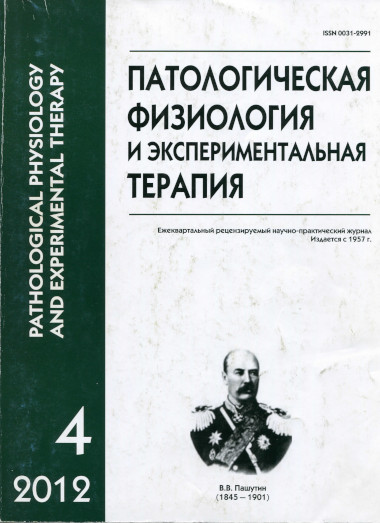Cardioprotective effect of the adaptation to periodic normobaric hypoxia in rats
Abstract
Intermittent hypoxic conditioning (IHC) may provide novel, non-invasive cardioprotection against ischemia-reperfusion (IR) damage. In the current study, rats were subjected to normobaric IHC (5—8 cycles/d for 20 days, FIO2 9.5—10% for 5—10 min/cycle, with intervening 4 min normoxia), a regimen that may have clinical applications. Control rats were sham-conditioned with 21% O2. Ischemia was produced in situ by ligation of the left coronary artery for 30 min, followed by 60-min reperfusion, while arrhythmias were monitored. Hearts were excised, perfused with Evans blue dye (area at risk, AR) and then stained with triphenyltetrazolium chloride (infarct size, IS). AR and IS were planimetrically measured, and IS was expressed as %AR. IHC reduced the frequency and duration of ischemic, but not reperfusion arrhythmias, and the adaptation also reduced by 42% the sizes of ischemic necrosises. Thus, IHC possesses the antiarrhytmic and cytoprotective action.






